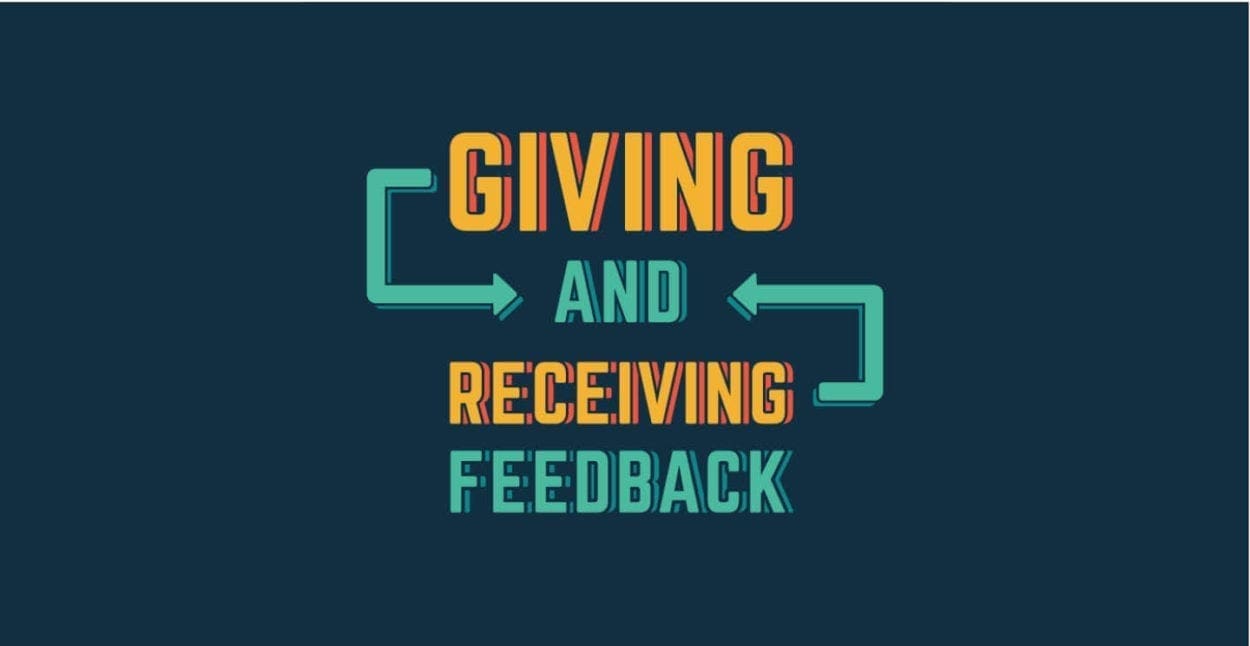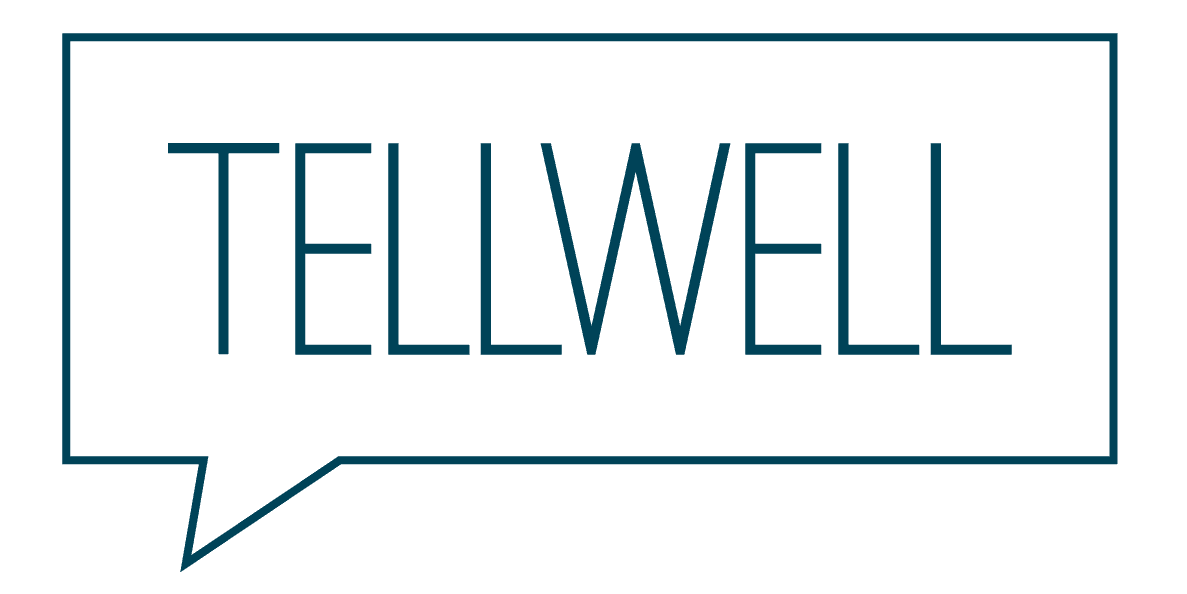Raise your hand if you have ever cried on a moving charter bus because somebody corrected your pronunciation of the word “psilocybin”! ?
Okay, so that example may be painfully specific to Katie’s high school competitive speech days, but the sentiment is universal: receiving feedback can be difficult. You dedicate hours, days, maybe even weeks to a project (or an informative speech about mushrooms), and then someone is going to look at it for three minutes and give you a list of things to change? No, thank you!
Giving feedback isn’t exactly a walk in the park, either. When consulting agency Zenger/Folkman asked more than 7,600 people whether they believed that giving negative feedback was stressful or difficult, 44% agreed. Some even went so far as to say the thought of giving negative feedback kept them awake at night or made their palms sweaty. 21% admitted that they avoid giving negative feedback at all.
”Companies that implement regular feedback experience 14.9% lower turnover rates.
Especially when you belong to a small, tight-knit team like Tellwell, you really don’t want to hurt anyone’s feelings. But as painful as it can be, giving and receiving feedback is essential to a business’s success. According to OfficeVibe, employees who do not receive regular feedback are less likely to be engaged in their work AND more likely to leave—in fact, companies that implement regular feedback experience 14.9% lower turnover rates!
That’s why “Giving and Receiving Feedback” is one of the eight Core Normsthat dictate why and how we do what we do at Tellwell. We have decided to share one Core Norm with you a month, complete with examples of how we live out these norms on a daily basis. We hope that sharing these norms with you will not only hold us accountable but inspire you to consider why youdo what youdo.
Giving and Receiving Feedback

To know Max is to know how much he respects and admires organizational psychologist Adam Grant, host of the TED podcast WorkLife with Adam Grant. Max was so inspired by one particular episode, titled “How to Love Criticism,”that he decided to apply Grant’s insights here at Tellwell. Here’s his take:
“We are open to criticism because we know that it is in an effort to make our personal work and what we produce for our Tribe better,” Max said. “When giving feedback, it is always coming from a positive place—ONLY to make the work better and make the person doing the work feel valued and appreciated.”
Opportunities to give and receive feedback are built into our daily lives here at Tellwell in the form of internal debuts. When the first draft of a film project is completed, our entire team gathers on the couches to watch it, make comments about the things we like and the things we think could be changed, and watch it again. From there, Noah and Rich take the team’s feedback and use it to create a stronger draft that is ready for the client’s eyes. We’ve implemented internal debuts for writing and designprojects, too: for writing, we all gather ‘round our campfire area and read the piece silently before making comments. When we need feedback on a newsletter layout or logo concept, we cover our giant kitchen island with print-outs and mark them up with our edits.
For years, these internal debuts ensured that all of our projects were in tip-top shape before they reached our clients. But then Covid-19 hit, and this feedback loop was thrown out the window.

Aaron presenting logo concepts for feedback
Suddenly, our team was working remotely. We were still getting projects to done, but we didn’t have an efficient, structured way to provide feedback on them (you can’t exactly gather everyone in a room to watch a video when you’re working from your individual homes and supposed to maintain a distance of at least six feet). We tried to send drafts via e-mail or various Slack channels, but they often went ignored or forgotten. Eventually, some of us stopped seeking feedback altogether. It was frustrating, and our work was suffering.
But a couple of weeks into quarantine, Rich had a groundbreaking idea: what if we…created a Slack channel JUST for providing feedback? And what if we put designated time on folks’ calendars to provide feedback? It was a simple solution, but it worked. Now, when we need suggestions on a draft, we send it in the “Feedback” channel and tag the whole team. It is not only encouraged, but expected that we all read the blog or watch the video and provide feedback—even if the feedback is just “This looks great! I especially love the shot you chose at 3:22!”
It’s not a perfect system, and it certainly isn’t as fulfilling as gathering in a room and discussing our reactions to a project. We don’t get to see our teammates tear up at a particularly moving scene or hear them laugh when they read a certain quote. But we do get to give and receive feedback that makes our work clearer, funnier, more compelling.
”Being open to feedback, especially when it’s constructive, makes us smarter, more creative, and more successful people.
Being open to feedback, especially when it’s constructive, makes us smarter, more creative, and more successful people. If Katie hadn’t taken that critique about her mispronunciation and applied it to future performances, she may not have gone on to take 7th place at the state tournament! (Okay Katie we get it, close the yearbook).
And that, my friends, is what Giving and Receiving Feedback means to all of us at Tellwell. Check in next month to learn about another Tellwell Core Norm!



